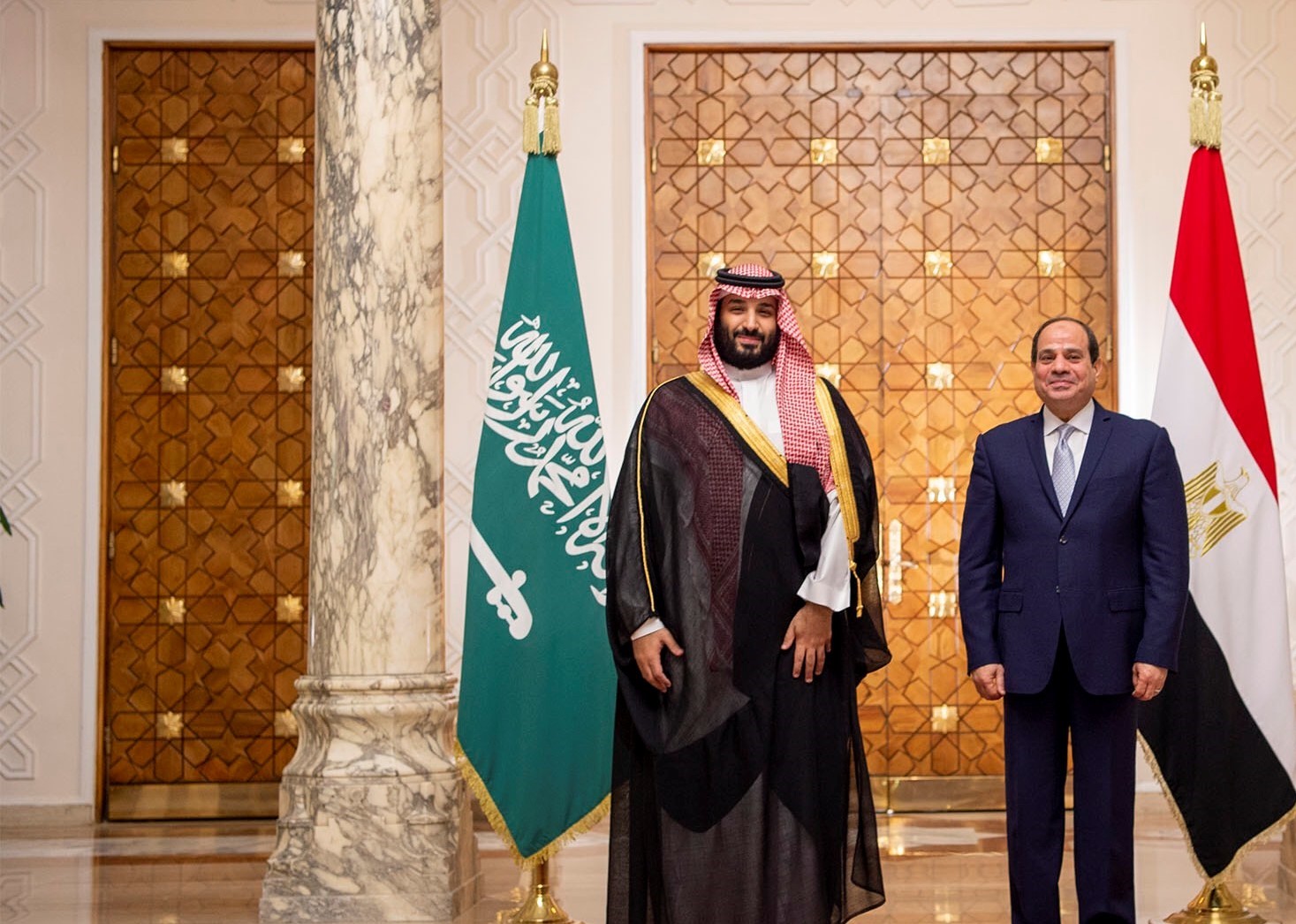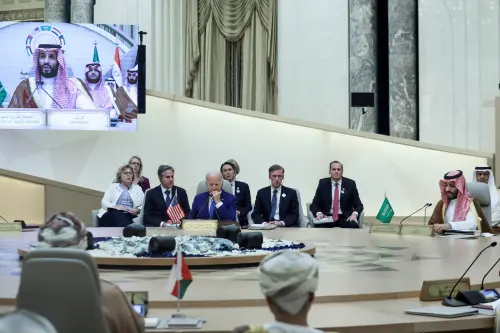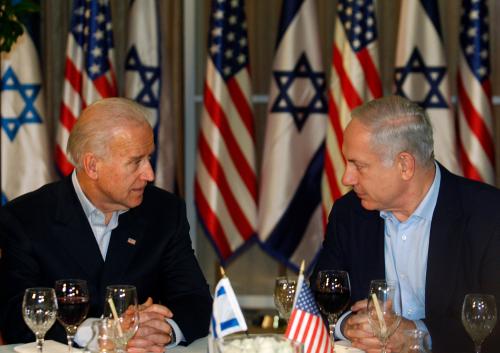Content from the Brookings Doha Center is now archived. In September 2021, after 14 years of impactful partnership, Brookings and the Brookings Doha Center announced that they were ending their affiliation. The Brookings Doha Center is now the Middle East Council on Global Affairs, a separate public policy institution based in Qatar.
The Red Sea has fast become the subject of new geopolitical intrigue, as unprecedented engagement between Gulf states and the Horn of Africa reframes politics, economics, and security astride one of the world’s most heavily trafficked waterways. Friends and foes have converged in this increasingly crowded neighborhood as the Red Sea and its environs are infused with greater strategic import. Opportunities and risks abound, and as in any emerging frontier, the rules of the game are yet to be written.
The flurry of new activity raises the prospect of political cooperation and economic integration across the emerging Red Sea arena. But as regional rivals vie for access and influence, a narrative of contest has so far prevailed. No clear hegemon exists, and the competition among aspirants is characterized by projections of influence across ever-greater swathes of land and sea. For those inside and outside the region, freedom of navigation is at stake, as is the protection of maritime trade and control of a major strategic choke-point at the southern gate of the Red Sea—the Bab al Mandab. Geo-economics also inform these new dynamics, as do ideology, political transitions, and energy and infrastructure development. The war in Yemen has also shaped strategic calculations, as has confrontation between Iran and its adversaries in the adjacent sea lanes. Viewed with a wider lens, the nexus of the Red Sea and Gulf of Aden also represents the western flank of an emerging theater of competition among global powers: the Indian Ocean.
Fortunately, governments on both shores are now debating a so-called “Red Sea forum”—a collective through which concerned states might come together to discuss shared interests, identify emergent threats, and fashion common solutions. Over the last year, a series of initiatives have been undertaken toward creation of such a governance arrangement, with varying approaches and varying degrees of success. Competing visions have precipitated both collaboration and tension, as regional states feel each other out, testing different ideas about the ideal design for a forum, its membership, and its objectives.
The littoral states of the Red Sea anchor the conversation, though critical neighboring countries are beginning to engage as well. Europe has expressed interest in supporting such a forum, while China has established an economic and military presence at the mouth of the Red Sea. The United States, meanwhile, is seen as increasingly absent from the region, its decades-old regional security umbrella no longer assured. Perceptions of American withdrawal have opened new, albeit unstable, space, empowering some regional actors while leaving others confused.
This paper surveys the changing Red Sea context and then offers the rationale for a trans-regional governance framework. It sheds light on various initiatives undertaken to date, including the challenges confronted and the risks of co-option. It offers design elements for Red Sea architects to consider and identifies other multilateral fora that might serve as useful templates. Finally, it offers perspectives from littoral states, their immediate neighbors, and the wider group of interested global actors.
Underpinning this paper is a belief that Gulf and African states, as well as external partners, would benefit from the establishment of a Red Sea governance framework. At its best, these stakeholders could together confront issues such as trade and infrastructure development, maritime security, mixed migration, labor relations, environmental protection, and conflict management. At a minimum, such an architecture could raise the costs of destabilizing activity by any individual member state, while providing African countries with a platform to engage Gulf countries on a more equal—and less transactional—basis. In practice, a regular forum might also force broader and more robust engagement between Gulf and Horn governments, as knowledge of politics, society, and bureaucratic systems is weaker than the sentimental narratives of shared history sometimes suggest.
Littoral states and other interested stakeholders may soon have to render judgment on the nascent initiatives—including whether to participate in (or lend their support to) a proposed forum, how to maximize its value, and how to harmonize potentially competing initiatives. Absent clarity of purpose and sufficiently inclusive membership, each may fizzle out.
As states with different cultures, models of government, and styles of diplomacy attempt to shape a new multilateral collective, obstacles abound. But the potential dividends of integration, development, and conflict prevention merit the effort. A Red Sea forum will not deliver shared prosperity or cure all ills, but it can offer this diverse set of actors a venue to shape the emergent trans-regional order, maximizing opportunity and minimizing risk, in what might otherwise become a dangerously chaotic arena.



